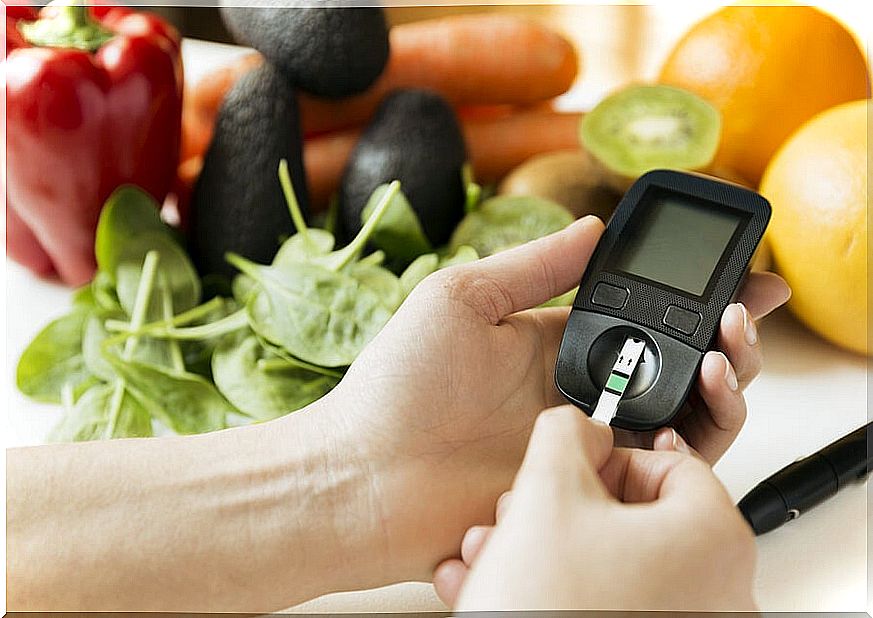How Is The Glycemic Index Calculated?
The glycemic index is useful for diabetics, but also in other situations such as hypoglycemia. What does it consist of? How is it calculated? In this article we detail everything about it.

The glycemic index is a parameter that has gained strength and importance in recent years, especially for people with diabetes. Also called the glycemic index.
This parameter measures the ability of a food to raise blood glucose after a meal. Glycemia is the amount of glucose present in the blood, which is produced after the digestion of carbohydrates from food.
The glycemic index was created about 30 years ago, with the intention of classifying foods according to the speed with which they raised blood glucose. However, its usefulness is not limited only to diabetics. In this article we explain everything you need to know about it.
What is the glycemic index?

To correctly understand the glycemic index, first we are going to give a brief review about diabetes and its relevance to this pathology.
Diabetes is a disease in which blood sugar levels (glycemia) are very high. This occurs because the body does not make insulin or cannot use it properly. Insulin is the “key” that allows glucose to enter cells.
When this occurs, this excess glucose in the blood can cause extensive damage to the body over time. Many studies link diabetes to heart, eye, or kidney disease, among others.
As a result of this problem arose the glycemic index. It was intended to measure blood glucose levels after eating different foods. In this way, it was possible to choose the most appropriate foods according to our state of health.
For example, a diabetic needs foods that contain a lower glycemic index. However, when a person enters hypoglycemia (it is a situation in which the blood glucose is very low and is life-threatening) they need others with a higher index.
How is it calculated?
In short, we can say that the glycemic index is a numerical expression of how blood glucose varies after eating a certain food. It is actually a simple lab test. Today, there are numerous calculators that allow us to know it.
It is used to know the speed with which the carbohydrates from our meals pass into the blood in the form of glucose. The glycemic index is measured on a scale from 0 to 110. Thus:
- From 0 to 55, we are facing a low glycemic index.
- Between 56 and 69, this is an average value.
- From 70 to 110, the glycemic index is high.
Thus, the higher the value, it means that the faster the blood glucose will rise. In the case of diabetics, this glucose spike should be tried to avoid. Therefore, the glycemic index is useful for planning meals.
How does the glycemic index vary?

As we have mentioned, this parameter can help us to plan meals. However, there are many other factors that play a role, such as glycemic load. Therefore, it is important that you consult with a specialist before starting a diet.
In addition, the glycemic index of the same food varies according to certain aspects. For example, in the case of fruit or vegetables, this parameter increases the more mature the food is.
In the same way, the elaboration and the way of eating the food influences. A juice has a higher index than the fruit from which it is obtained. Interestingly, even the way the bread is baked can influence it.
The time during which the pasta is cooking, for example, determines a higher or lower index. Al dente pasta has a lower index than pasta that has been cooked the longest.
In conclusion
The glycemic index is a useful parameter in certain situations, such as for diabetics, which allows them to relatively control their blood glucose spikes after meals.
Some of the most recommended foods are legumes, vegetables and most fruits . Fiber tends to lower the glycemic index of a food.
On the other hand, it can help us to know how to help a person who is suffering from hypoglycemia. Choosing a food with a high index will be essential to improve this situation.
However, the ideal is to consult a doctor or a nutritionist to inform yourself correctly on the subject before making a decision that affects the diet.









